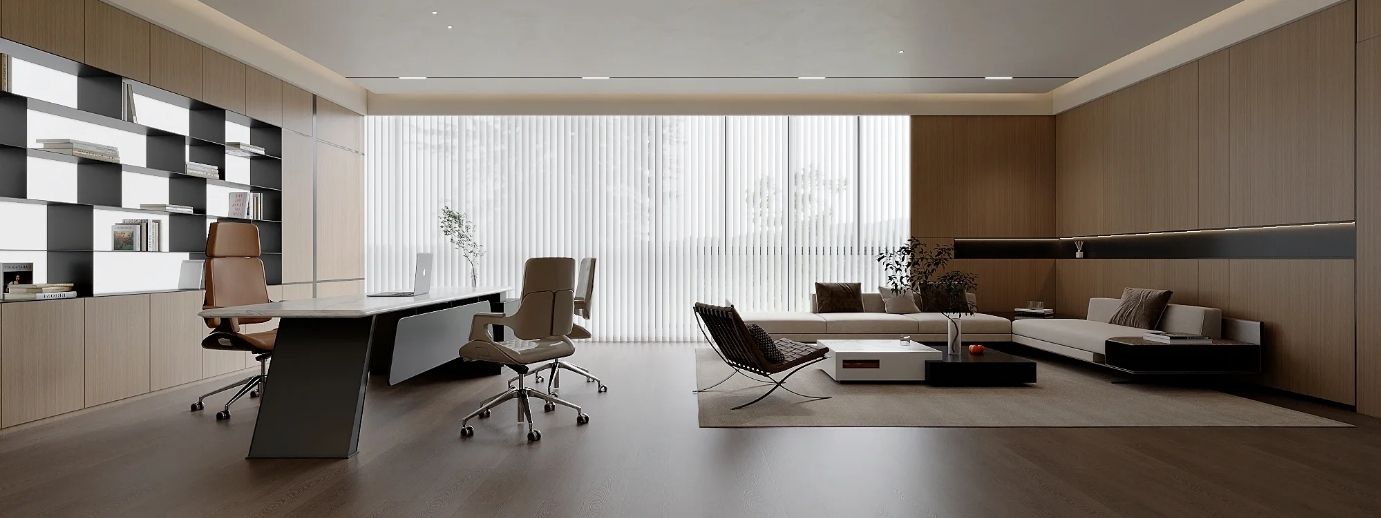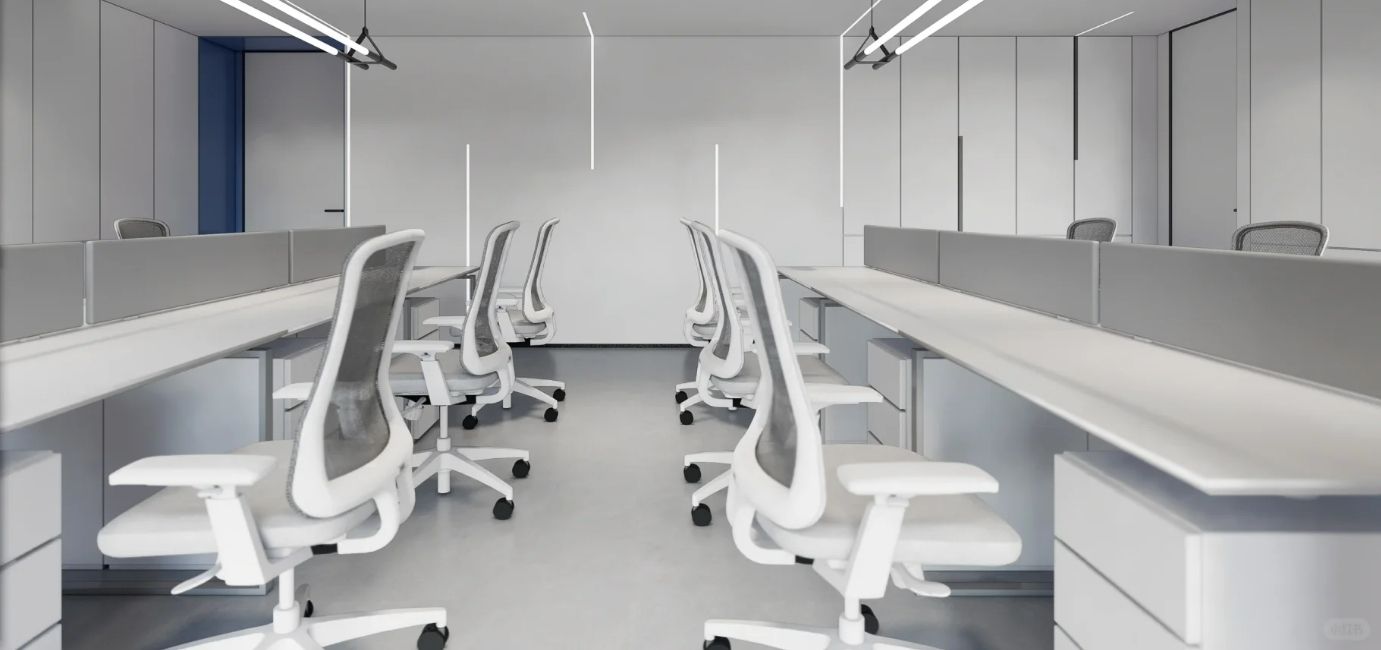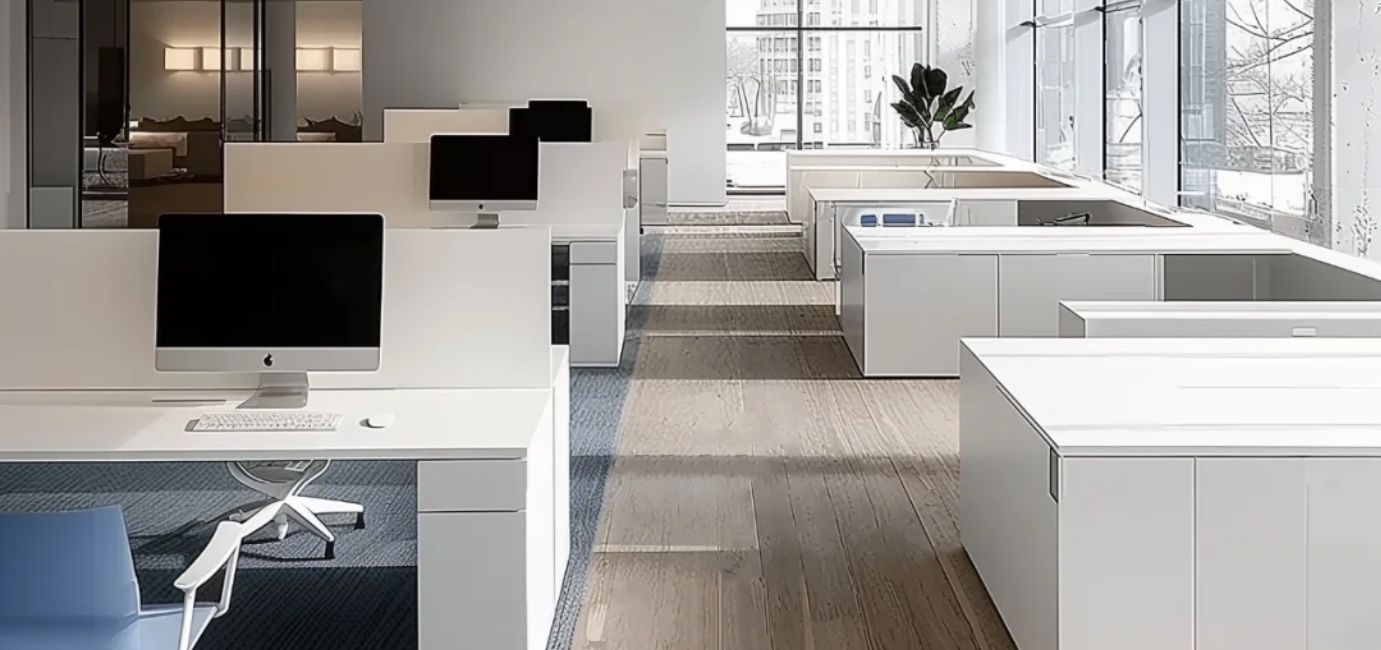
Elegance and simplicity are the standout features of minimalist interior design, which is currently trending. The minimalist style (Minimalism) adheres to a set of principles that emphasize the use of space, clean lines, and a soft color palette to create a tranquil atmosphere.
Let's explore these principles and the latest trends in minimalist design together in this article.
What is the minimalist style (minimalism)?
The minimalist style (minimalism) is an interior design and architectural style that focuses on simplicity, minimizing details, and elegance in the arrangement of space.
Minimalism originates from the minimalist art style and the minimalist philosophy of the Bauhaus art movement.
The minimalist style is favored in modern interior design, especially in small living spaces like apartments. Minimalism creates elegance, modernity, and functionality in living spaces, while also providing a comfortable and relaxing environment.
Principles of Minimalist Design
Some principles in modern minimalist interior design that designers should know to create a perfect office include:
1. Overall Space
Minimalist style focuses on simplicity and minimalism in spatial arrangement, minimizing details, and creating a sense of spaciousness, cleanliness, order, and elegance.

The purpose of minimalist design, in addition to creating elegance, is to optimize the existing space. "Less is more" is the philosophy that underpins minimalist design.
This style is heavily influenced by Japanese design, although it has undergone adaptations to better suit different cultures. With this simplification, the space is arranged in a consistent and cohesive layout while maintaining aesthetic appeal.
2. Limit colors
The minimalist style often uses simple colors such as white, black, and gray, creating a sense of sophistication and modernity in the space.
To contribute to the simplification of the space, vibrant colors are often rarely used in this design style.

A space should use a maximum of four colors, and these colors should belong to a neutral color palette. This approach highlights the interior without creating a monotonous feel.
3. Use light as part of the design
The minimalist style often focuses on lighting and space, creating a sense of openness and airiness.
In minimalist interior design trends, lighting serves as a decorative element that provides the strongest visual aesthetic effect. Using lighting to highlight key areas through shadows on furniture enhances the shape of objects and other architectural components in the home.





